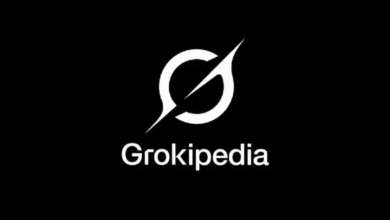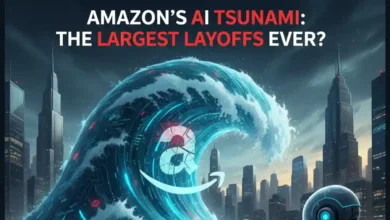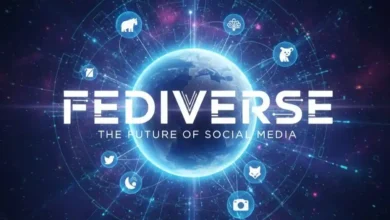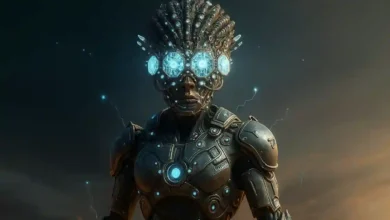The AI Apocalypse for Microsoft ? And Macrohard
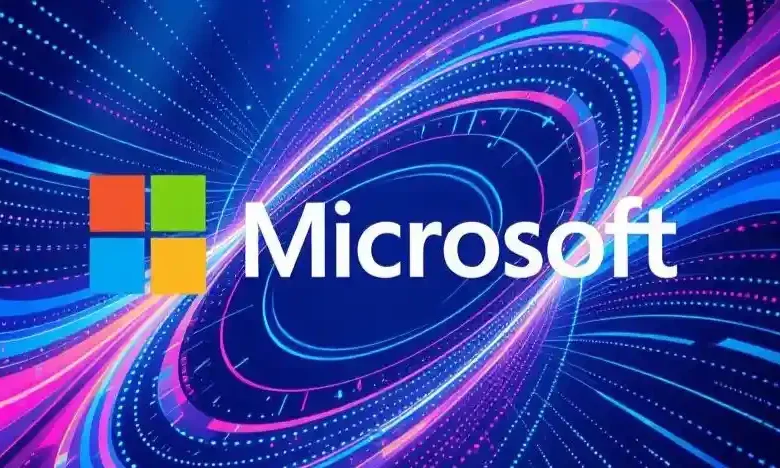
The titans of tech have always walked a tightrope, but never has the ground beneath them felt so seismic. Artificial Intelligence, once a whisper in the labs, is now a roaring gale, threatening to reshape industries and dethrone long-reigning kings. Microsoft, a company synonymous with software and innovation for decades, finds itself squarely in this tempest. A recent Futurism article’s stark warning – that AI has the “potential to destroy the entire company” – coupled with Elon Musk’s audacious “Macrohard” venture, paints a picture of existential crisis. But is this an apocalyptic prophecy, or merely the birth pangs of a new era where only the truly adaptive survive?
The Sword of Damocles: Why AI Threatens Microsoft’s Empire
Microsoft’s current dominance is built on a bedrock of operating systems (Windows), productivity suites (Office 365), and a burgeoning cloud infrastructure (Azure). Each of these pillars, while robust, is vulnerable to the disruptive power of AI.
1. The OS Obsolescence: For decades, Windows has been the gateway to computing. But what if AI agents, integrated into hardware or accessed through entirely new interfaces, diminish the need for a traditional operating system? Imagine a conversational AI that manages your tasks, accesses information, and creates content across devices, rendering the desktop metaphor secondary. If users interact primarily with AI, the underlying OS could become a commodity, or worse, irrelevant.
2. The Productivity Paradox: Office 365 is a juggernaut, but AI promises to automate tasks that were once the domain of human workers using these tools. Why manually craft a presentation when an AI can generate a compelling narrative and visuals from a few bullet points? Why write code line by line when an AI can build applications with conversational prompts? While Microsoft is integrating AI into Office, the fear is that truly advanced, independent AI could bypass their ecosystem entirely, offering superior, more intuitive, and perhaps even free alternatives.
3. Azure’s Achilles’ Heel: Azure is a formidable cloud platform, essential for the AI revolution. However, the very companies developing groundbreaking AI models could also be building their own vertically integrated AI infrastructure, or choosing more specialized cloud providers tailored for AI workloads. Furthermore, if AI applications become highly localized and edge-based, the need for massive central cloud infrastructure could evolve, challenging Azure’s current model.
The Futurism article’s dire prediction isn’t entirely unfounded. If Microsoft fails to anticipate and integrate truly transformative AI, their core products could be circumvented, their revenue streams eroded, and their market relevance diminished.
Enter “Macrohard”: Elon Musk’s AI Gauntlet
Elon Musk, a figure synonymous with disruption and ambitious, often seemingly impossible, endeavors, has thrown his hat into the AI ring with “Macrohard.” The name itself is a thinly veiled, provocative challenge to Microsoft, suggesting a direct assault on its foundational principles.
While details remain sparse, the implication is clear: Macrohard aims to build an AI-powered ecosystem that directly competes with, and potentially supersedes, Microsoft’s offerings. This isn’t just about developing a better chatbot; it’s about creating an alternative paradigm for how humans interact with technology, powered by advanced AI from the ground up.
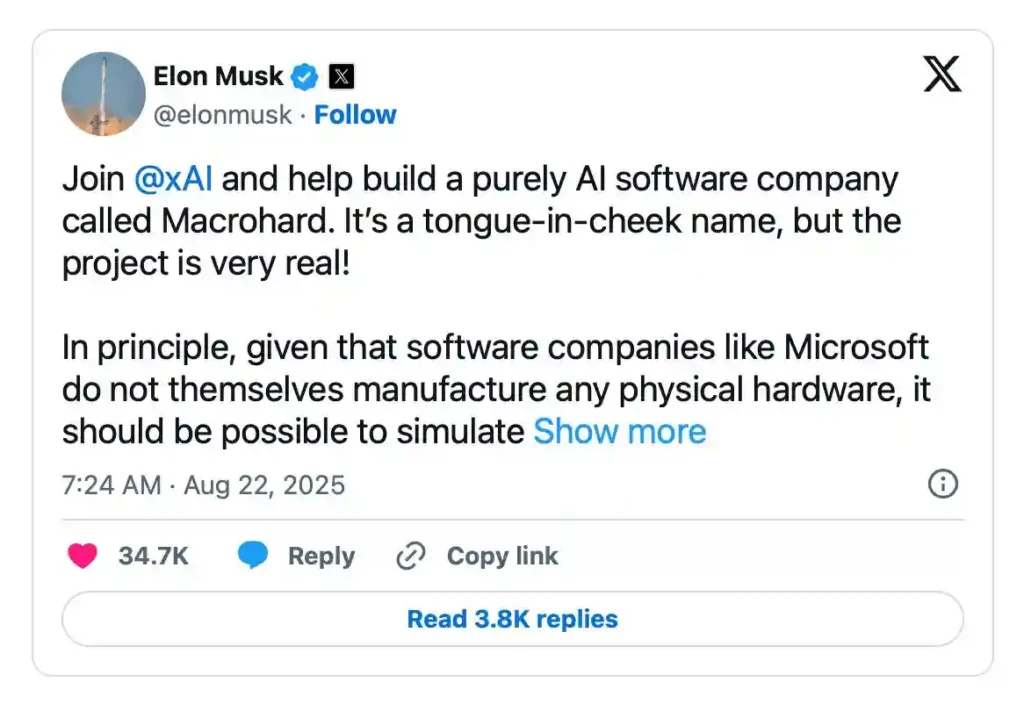
Musk’s track record with Tesla and SpaceX demonstrates his ability to not only innovate but to fundamentally alter industries. If Macrohard can deliver on the promise of a truly intuitive, powerful, and seamless AI-driven platform that integrates productivity, communication, and even operating system-level functions, it could indeed pose an existential threat to Microsoft’s established empire.
Microsoft’s Reinvention Imperative: Adapt or Perish
Despite the looming threats, Microsoft is not standing idly by. Under Satya Nadella’s leadership, the company has shown a remarkable capacity for reinvention, pivoting from a Windows-centric model to a cloud-first, AI-forward strategy.
1. Azure AI and OpenAI Partnership: Microsoft’s massive investment in OpenAI and the deep integration of GPT models into Azure and its products is a clear signal. They are not just dabbling in AI; they are striving to be at the forefront. Azure AI services empower developers to build sophisticated AI applications, making Azure a crucial backbone for the AI economy.
2. CoPilot Everywhere: The ubiquitous “CoPilot” strategy, integrating AI assistants into Windows, Office, and even GitHub, aims to make AI an indispensable part of the user experience within Microsoft’s ecosystem. This proactive approach seeks to leverage AI to enhance existing products rather than be disrupted by external AI solutions.
3. Strategic Acquisitions and Research: Microsoft continues to invest heavily in AI research and acquire companies that bolster its AI capabilities. This ensures they have access to cutting-edge talent and technology.
However, the challenge is not just about integrating AI; it’s about fundamentally rethinking the user experience and the very definition of a “platform.” Can Microsoft move beyond augmenting its existing products and truly invent the next generation of AI-driven interfaces and solutions before a newcomer like Macrohard does?
The Road Ahead: Coexistence, Collision, or Cataclysm?
The future of Microsoft in the AI era is likely to be a complex interplay of forces:
- Coexistence: Microsoft could successfully reinvent itself as a primary enabler of AI, providing the cloud infrastructure, development tools, and foundational models that power the AI revolution, even if end-user interactions shift away from traditional GUIs.
- Collision: A head-on battle with Macrohard and other AI-first companies could ensue, with each vying to define the next generation of human-computer interaction. This would be a fight for market share, mind share, and ultimately, technological leadership.
- Cataclysm: The most pessimistic scenario – the “destroy the entire company” prophecy – would only materialize if Microsoft fails to adapt decisively, allowing its core offerings to be completely superseded by AI alternatives.
One thing is clear: the era of complacent tech giants is over. The AI revolution demands agility, foresight, and a willingness to cannibalize existing successes for the sake of future innovation. Microsoft, with its vast resources and history of adaptation, has a fighting chance. But the pressure is immense, and the stakes couldn’t be higher. The battle for the AI-powered future is just beginning, and the outcome will reshape the technological landscape for decades to come.
For more Odinozz Tech articles, click here.
Follow Odinozz on social media. Click here.
